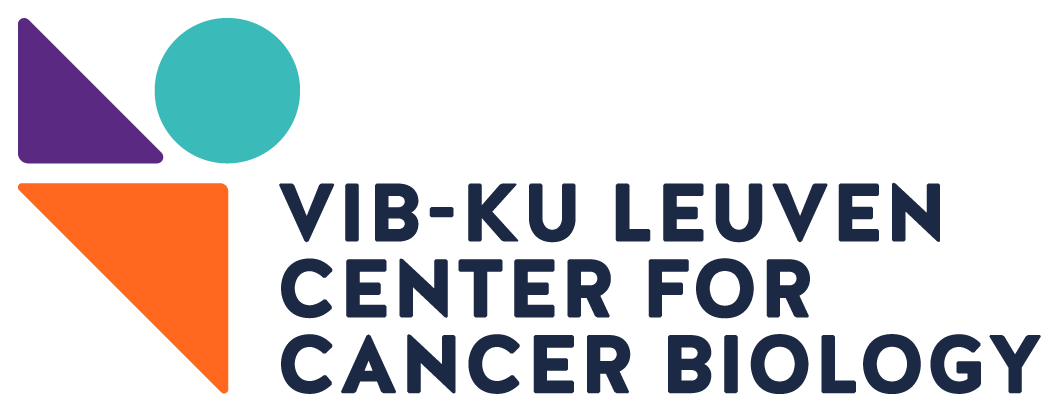Research
Research focus
The need to understand the mechanisms that drive cancer cell phenotypic diversity is increasingly recognized. Critically, tumorigenesis is not only dictated by genetic or epigenetic events within tumour cells, but also by whether the surrounding niche is permissive to growth, and this at all stages of disease progression. Tumours indeed develop in a complex tissue network in which many different cell types are present or recruited, and this network constitutes the tumour microenvironment (TME). The interactions between cancer cells and cells in the TME can lead to immune evasion, angiogenesis, hypoxia and invasion, all of which can shape tumour progression and response to treatment. Critically, an increasing body of evidence has highlighted the key contribution of the TME to intra-tumour heterogeneity.
The importance of dissecting both the mechanisms that contribute to the establishment and maintenance of the cancer phenotypes -on the one hand- and the role of the stroma as a modulator of cancer development -on the other hand- is illustrated by the growing number of therapeutic modalities that successfully target both these tumour compartments. Whereas an increasing number of targeted therapies directed against specific cancer driver mutations and epigenetic alterations is being approved, both anti-angiogenic therapies and immune checkpoint inhibitors, which specifically target the TME, have changed clinical practice for millions of cancer patients. Notably, these two classes of emerging cancer therapies are now being combined in patients, making research focusing on the interactions that exist between cancer cells and their microenvironment highly relevant and timely.
Within CCB, several groups have developed strong expertise in dissecting the role of specific cancer pathways and the mechanisms underlying intra-tumor heterogeneity, while others have mainly focused on how stromal cells, including endothelial and immune cells, employ adaptive pathways to escape nutrient deprivation and hypoxia in tumors. CCB thus brings together experts working on these two quintessential and inseparable tumor compartments and is therefore in an excellent position to impact our understanding of how the TME influences tumor cell phenotypic diversity/plasticity and vice versa.














